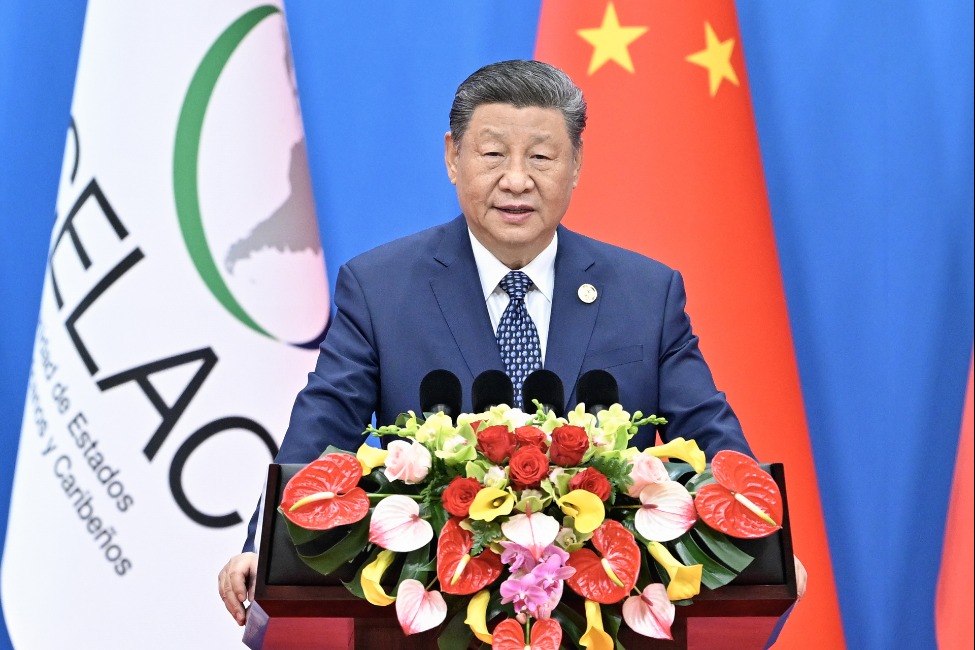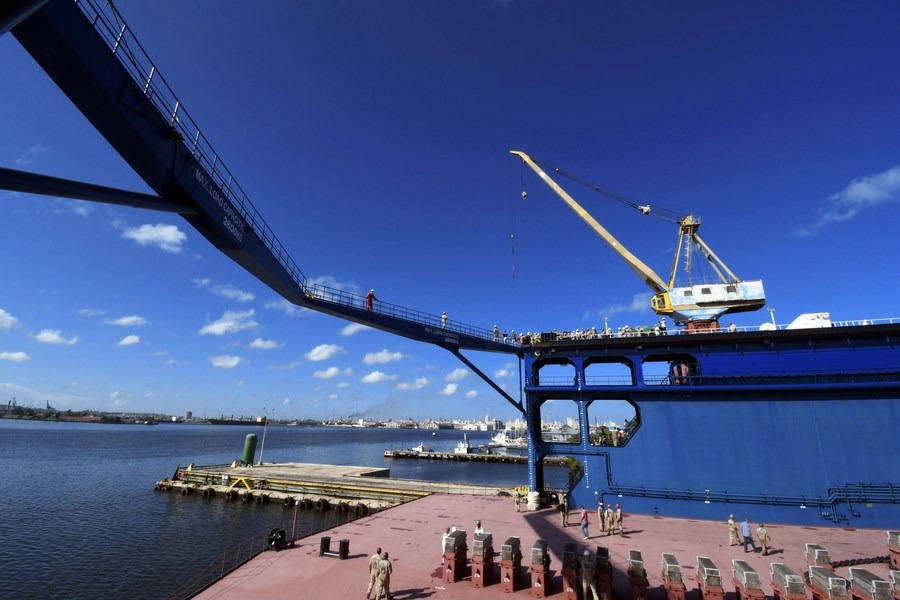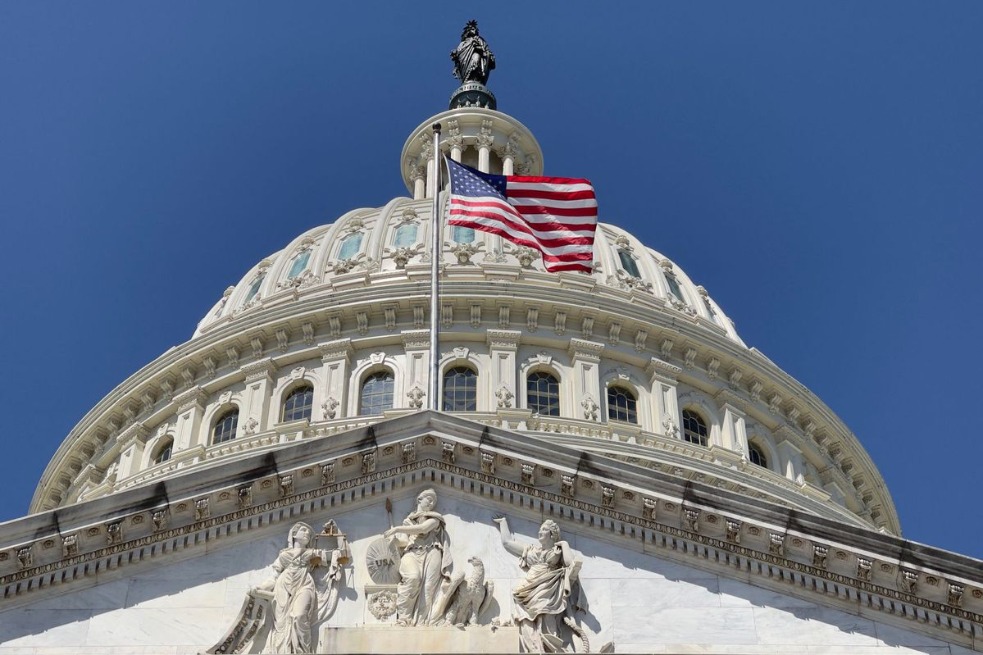South China Sea: US-China rivalry leaves Whitsun Reef and the Philippines in deep and dangerous waters


Far more important than who is right in the contretemps between China and the Philippines over Chinese boats massing at Whitsun Reef in the South China Sea, is what the contest reveals about the political forces at work. What should have been a storm in a teacup has became dangerous because of the US-China struggle for dominance in the region.
The United States is trying to contain China politically and militarily, and seeks allies to do so. China views this as “encirclement”. The Philippines figures prominently in the US strategy as an ally on the front line of soft power.
Under President Rodrigo Duterte, the Philippines tilted towards China, but the latest flap has helped the Philippine opposition push Duterte’s administration towards a more aggressive China stance. This is much to the advantage of US interests and may even help the pro-US Philippine opposition win the presidency next year.
If that happens, said Greg Poling of the Centre for Strategic and International Studies, the “No 1 goal of the alliance should be to get [the Enhanced Defence Cooperation Agreement] moving, so US and Philippine forces can operate jointly from Philippine bases” against China.
Based on information by US analysts, the Philippines declared that the Chinese vessels at Whitsun Reef were crewed by “maritime militia” intent on demonstrating China’s illegal historic claim. “The continued presence of Chinese maritime militias in the area reveals their intent to further occupy features in the West Philippine Sea,” said Defence Secretary Delfin Lorenzana, while Foreign Affairs Secretary Teodoro Locsin Jnr promised to file daily diplomatic protests.
Goadingly, the vessels have been described as a challenge to the Philippines and by extension the US. If the international community were to draw a line in the sand, it would have to be now, said Poling. Fanning the flames, Philippine media alleged that Chinese navy ships drove away
a civilian Philippine vessel carrying journalists for a look in the disputed area – the Philippine government is investigating. The facts are hazy but the hype is real.
A breakdown in China-Philippines relations would be a geopolitical windfall for Duterte’s critics and US interests. Some in the Philippines have even speculated that the incident was being manipulated with that in mind.
The US State Department has quickly reassured the Philippines, declaring that the “US stands with our ally, the Philippines” on Whitsun Reef. Perhaps at US urging, Canada, Australia and Japan have also expressed concern about rising tensions and a destabilisation of the situation.
A row over a remote reef in the Spratlys has quickly drawn in the US and its allies, greatly raising the geopolitical stakes.
Such hype enhances the chances of a China-Philippines clash of naval or coastguard vessels. This could drag the US into the fray through the US-Philippines Mutual Defence Treaty, which covers an armed attack in the Pacific – which for the US includes the South China Sea.
The Philippines has hinted that it might invoke the treaty although the US is not required to automatically provide military backup.
The situation is particularly dangerous given recent history. In 1995, the US failed to act when China undertook construction on Mischief Reef despite Philippine protests, with the result that it is now a Chinese military outpost protected by Chinese naval vessels.
In 2012, China and the Philippines had a stand-off over Scarborough Shoal, prompting the US to broker a stand down, which the Philippines complied with – but China did not and now controls the feature and its 12 nautical miles of territorial sea. There is considerable pressure on the US to ensure that history does not repeat at Whitsun Reef.
In routine operations, the USS Theodore Roosevelt carrier strike force entered the South China Sea last week, showing “our commitment to the rules-based order in the Indo-Pacific region”. China’s aircraft carrier the Liaoning has also sailed into the area.
In response, the Philippines urged restraint so as not to “exacerbate the already tense situation”.
The US is unlikely to risk going to war with China to back up Philippine claims or any provocative action over remote disputed rocks in the South China Sea. But if Chinese forces attack Philippine forces, all bets are off.
So far, the US has only offered strong words and “capacity-building surveillance support” – whatever that means. It is unlikely to take up joint patrols – suggested by former Philippine foreign minister Albert del Rosario – and risk a direct clash with China.
But a scaled-down version of their annual “Balikatan” joint exercises will run over the next two weeks.
Duterte, who has left the war of words to his defence and foreign affairs chiefs, sees no need to use force, said his spokesman Harry Roque. “We will continue to resolve the issues on Julian Felipe through diplomatic channels and through peaceful means,” he added, using the reef’s Philippine name.
Ambassador to China Jose Santiago Santa Romana also said there was “no need to panic” and expects an improvement in April.
But not all are mollified. Locsin tweeted recently: “Irrelevant whether we possess commensurate military power to meet the challenge; we will not yield but die – or trigger World War 3. Not a bad outcome; living is overrated. Honour is all.” Sarcastic perhaps, but the statement does portray the sentiments of the extreme opposition.
Whatever the reason, the concentration of Chinese boats has played into America’s narrative that China is expansionist, aggressive and untrustworthy, encouraging European upholders of the international order, such as Britain, France and Germany, to publicly support the US attempt to contain China.
The situation has yet to deteriorate into open conflict possibly because no nation wants to be seen as the aggressor. But doing nothing makes everyone look weak.
Egged on by militarists, the US and China are playing a dangerous game of chicken in the South China Sea – making the Whitsun Reef incident particularly worrying.
Mark J. Valencia is an adjunct senior scholar at the National Institute for South China Sea Studies, Haikou, China.

































